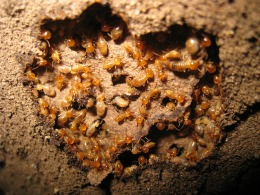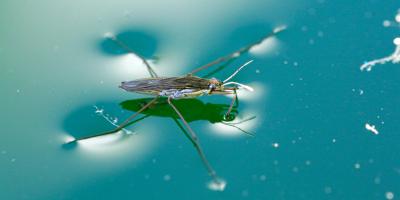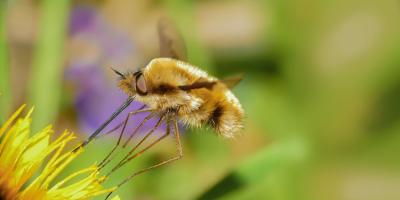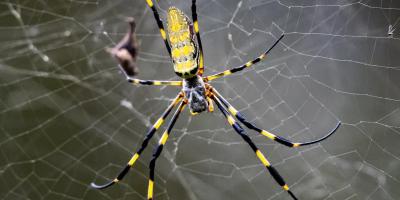Spotting The Signs Of A Termite Infestation

Whether you are a homeowner, business owner, or facility owner, termites are a major concern. Termites are an invariable and substantial threat to wooden structures, causing more than $5 billion in damages every year. Knowing how identify these warning signs and understanding what preventive steps to take are the keys to keeping your home or building safe.
The two prevalent species of termites that inhabit the United States dwell underground (subterranean) or exclusively in wood (dry wood). Both types of termites are most vigorous in warm climates and stay active year-round. A swarm is the most obvious type of termite infestation, and typically takes place in spring. Knowing the warning signs can help you identify a termite issue before it turns into a full-blown swarm. These main signs can mean termites have infested your building:
Hollow wood.
Termites prefer dark, moist environments, so they generally stick to the inside of structures instead of the outside. They eat wood from the inside out, making it important to tap on surfaces and listen for a hollow sound.
Discarded wings.
Swarming termites fly in the spring in search of new colonies and mates. Often, swarmers leave their wings behind for you to find as evidence of habitation. If you see a pile of discarded wings (or you happen to see the winged insects themselves) call a professional to inspect.
Cracked paint on wood surfaces.
Even the smallest crack in a building’s foundation allows termites to enter. Seal any noticeable cracks to prevent an infestation. Call a professional to inspect the crack before you seal it to ensure termites have not already found the crack and entered your building.
Mud pathways on exterior walls.
Subterranean termites fabricate tubes made of mud on surfaces to provide them with moisture while they search for food. Mud tubes can be as small as a pencil eraser, or as long and winding as the whole side of a building.
Wood-colored droppings (called frass).
As termites eat through a wooden structure, they leave behind wood-colored droppings. The droppings look like a pile of fine sand, and you can often see this below exposed cracks in an infested building’s foundation.
If you notice any of these signs, call a pest control expert immediately. Partner with a trusted professional such as JP Pest Services, which employs experienced staff members who will come to your location and confirm a possible termite infestation. Don't hesitate and let damages add up, catching termites early can save you thousands of dollars in repairs.



